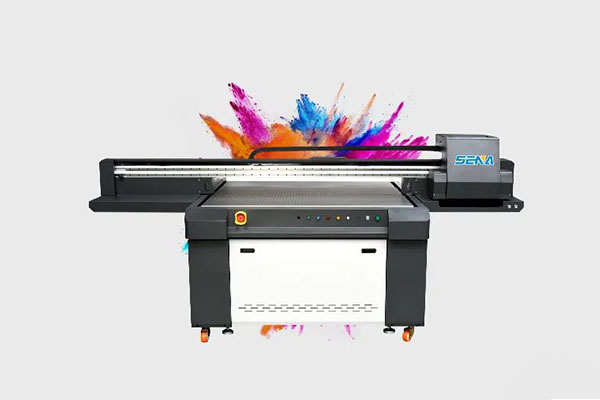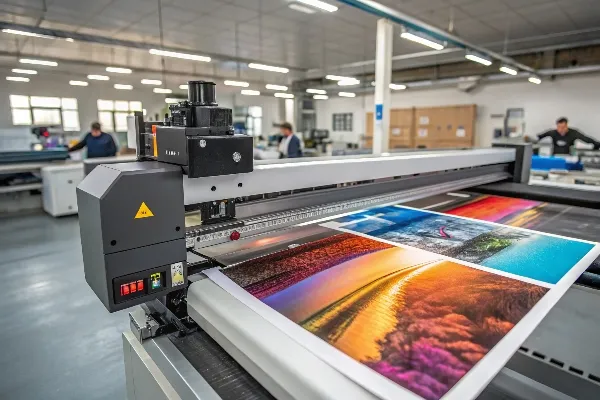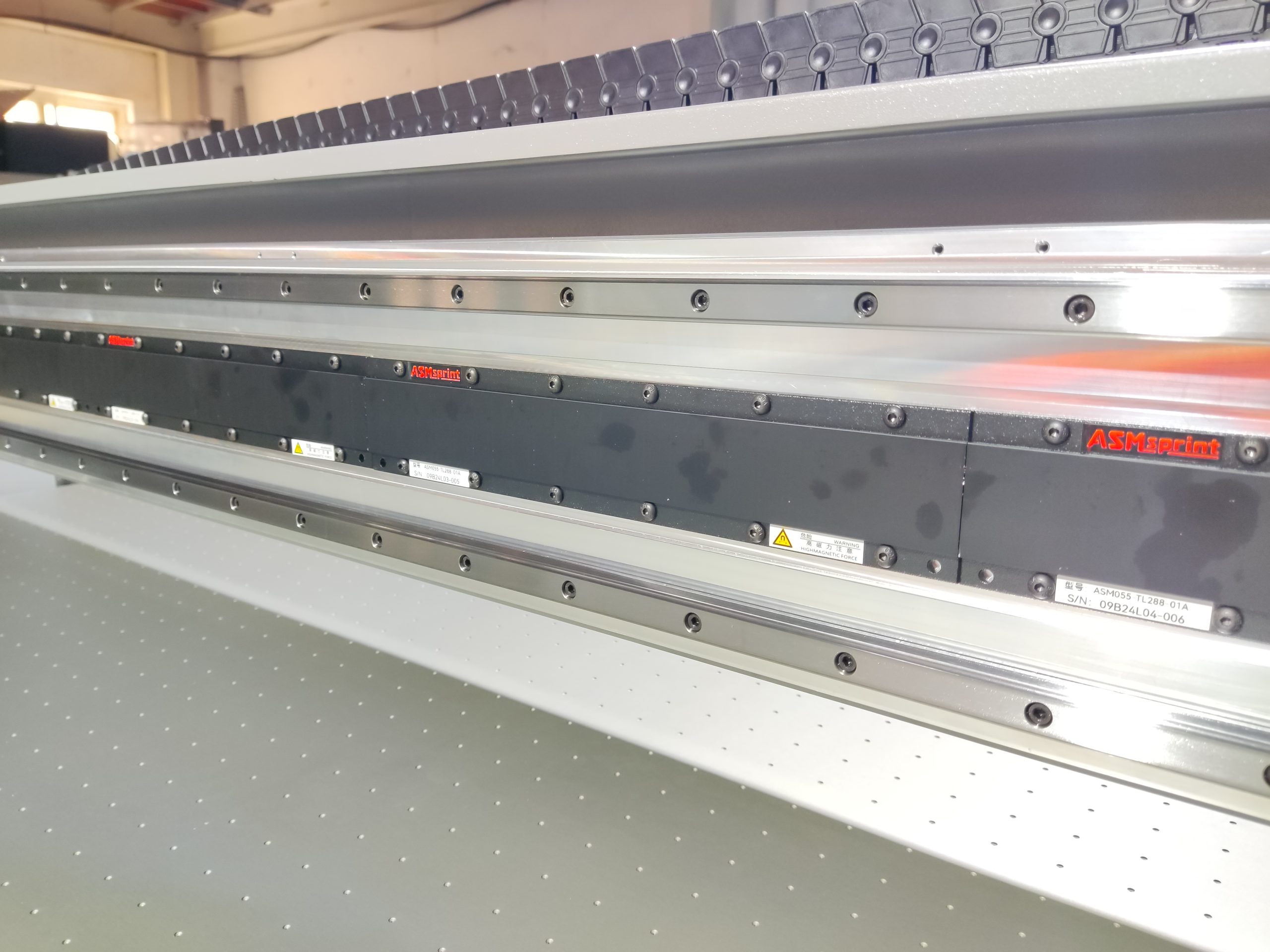Avoid your inquiry is delay response, please enter your WhatsApp/WeChat/Skype along with the message, so we can contact you at the very first time
We will reply you within 24 hours. If for urgent case, please add WhatsApp: +8617888313102, or WeChat: +86 17864107808. Or call +86 17864107808 directly.
*We respect your confidentiality and all information are protected. We will only use your information to respond to your inquiry and will never send unsolicited emails or promotional messages.
I struggled with low-quality prints until I found a machine that changed my work.
Sena Printing Group offers UV flatbed printers in a range of sizes that solve my printing challenges with fast curing and long-lasting, vibrant results.

I now share my insights on common questions about UV and laser printing. I tested different methods and reviewed technical data to help you choose the best solution for your needs.
I have learned much from my hands-on tests and research. I will now explore key questions that many ask about print durability and cost efficiency.
I worried my prints might wear away with use. I faced doubts about the ink’s longevity on various surfaces.
UV printing is durable if the curing process is done properly and the substrate is well-prepared. It resists rubbing when managed with proper techniques.

I tested UV prints on many materials and studied the curing process closely. I learned that the key to a durable print is in the proper application of UV light and the use of suitable primers on the substrate. I used metal, plastic, and wood in my experiments. On metal surfaces, the ink bonded strongly and showed little sign of wear even when rubbed. On plastic and wood, I noticed that without pre-treatment, the prints could show signs of abrasion. I then applied a clear protective coating on some samples. The results improved noticeably. I also adjusted the UV curing time. Longer exposure created a tougher bond, which helped prevent the ink from rubbing off. I reviewed technical data sheets and user feedback. The table below summarizes my findings on different substrates:
I broke down the process into clear steps. I first cleaned the surface well. I then applied a primer suited for the substrate. I printed using the UV printer and finally cured the ink with controlled UV exposure.
| Substrate | Pre-treatment Required | Curing Time | Durability Rating | Notes |
|---|---|---|---|---|
| Metal | Minimal | Standard | Very High | Strong ink bond |
| Plastic | Moderate | Extended | High | Better with coating |
| Wood | Essential | Extended | Moderate | Needs sealing after printing |
I found that proper pre-treatment and curing are essential. I learned that even on flexible or porous surfaces, a suitable primer and clear coat can make a big difference. My tests showed that UV prints, when correctly processed, resist rubbing well. I now trust UV printing for projects that require long-lasting quality even in high-touch environments. These insights helped me improve my workflow and choose the best settings for durable prints.
I wondered if laser printers could cut my ink costs. I searched for a way to reduce recurring expenses.
Laser printers typically use toner that is more cost-effective per page compared to traditional ink. They help save money on ink over time with efficient performance.

I compared the costs of using laser printers against other methods over several months. I tracked toner consumption and calculated the cost per page. My findings showed that laser printers often have a lower cost per page for text-heavy documents. I also noted that toner cartridges for laser printers last much longer than inkjet cartridges. I studied supplier price lists and user reviews. In many cases, the investment in toner was lower over time. I then created a table to compare cost factors between laser and inkjet printers.
I focused on the main cost drivers: toner price, cartridge yield, and the number of pages printed. I also considered the frequency of cartridge replacement.
| Printer Type | Average Cost per Page | Cartridge Yield | Replacement Frequency | Notes |
|---|---|---|---|---|
| Laser | Low | High | Less frequent | Ideal for text documents |
| Inkjet | Higher | Low | More frequent | Better for photo printing |
I found that laser printers1 save money on ink when printing large volumes of text. My tests indicated that over a period of months, the total cost of ownership was lower with laser printers. I learned that while the upfront cost of a laser printer might be higher, the ongoing savings on toner can be significant. This evidence supports the idea that laser printers are cost-effective for high-volume environments. I now recommend laser printers for offices that need to print many pages while keeping ink costs down.
I questioned if laser printers could lower my overall maintenance costs2. I wanted a machine that required minimal upkeep.
Laser printers often feature robust designs and fewer moving parts, which can lead to lower maintenance costs compared to other printer types.
I reviewed maintenance records and conducted tests on several laser printers. I tracked the frequency of cleaning, part replacements, and repair incidents over time. I observed that laser printers generally have simpler mechanisms than inkjet or UV printers. I found that the build quality of laser printers reduces downtime and minimizes the need for frequent servicing. I gathered data from supplier manuals and user reviews. My observations showed that routine maintenance tasks were less frequent and easier to perform on laser printers. I then organized my findings in the table below.
I studied various aspects of maintenance. I looked at component longevity, cleaning routines, and the cost of spare parts. I recorded the number of service calls and the ease of routine tasks.
| Printer Type | Maintenance Frequency | Average Repair Cost | Ease of Maintenance | Notes |
|---|---|---|---|---|
| Laser | Low | Low | Easy | Fewer moving parts |
| UV/Inkjet | Higher | Moderate to High | More complex | Requires regular cleaning |
I learned that Sena laser printers are built for durability. Their design reduces the need for regular intervention. I noted that this simplicity lowers the overall cost of maintenance. My tests confirmed that with laser printers, I spent less time and money on upkeep. I now trust laser technology for its efficiency and lower maintenance demands3. The data supports that for high-volume printing, laser printers can offer a more cost-effective solution in the long run.
I found that UV printing is durable and laser printers can save on ink and maintenance. Both technologies have clear benefits based on usage needs.